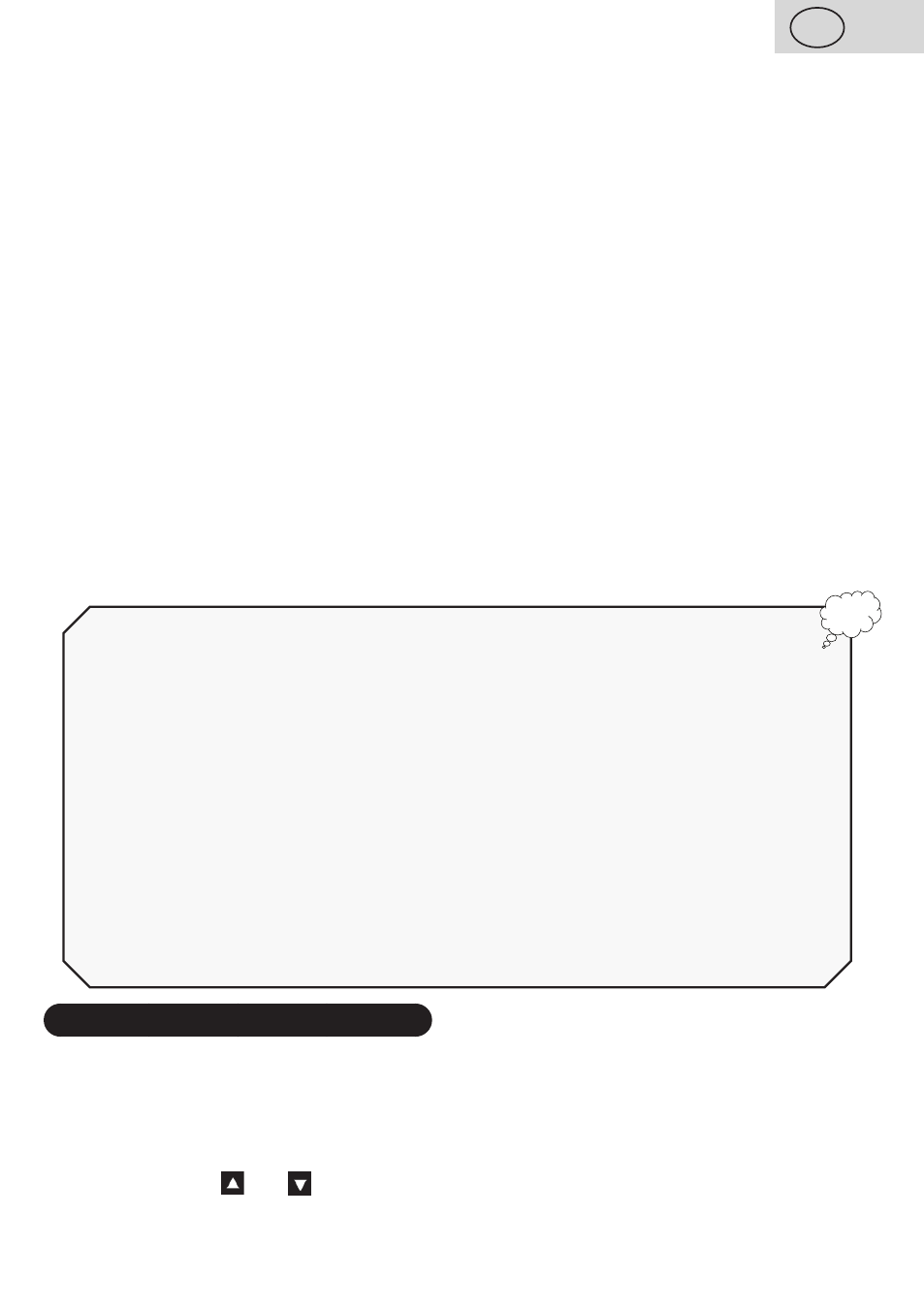Iii. preparation for use – ETA Kate User Manual
Page 21

bMi
The technology used in these scales, Bio-electrical Impedance Analysis (BIA) is more
technologically advanced than the order Body Mass Index (BMI) method where fat % is
calculated using only height and weight .BIA technology uses 5 parameters to get a more
accurate resolution for the analysis (weight and biological resistance which are automatically
measured by the scales together with the three personal parameters entered manually -
sex, height and age). This index sets mutual ratio between the body weight and height.
It can be used to determine whether the person suffers from underweight, overweight or
obesity or whether his/her health condition is normal. Also with regards to heart and vascular
diseases, body mass index is a relatively good risk index, particularly in healthy people.
However, the index is for reference only. Experts recommend supplementing the calculation
by at least measuring the waist, which makes determining disposition of the body fat more
precise. BMI will not provide very reliable information for small children, elderly people and
active sportsmen who have a lot of muscle mass as their results can be biased.
optimum energy consumption Cal
It represents optimum amount of energy consumption necessary for maintaining the basic
vital functions and balanced metabolism. The data on the display show the optimum daily
consumption of energy that you give out at your weight, height, age and gender. You should
also take in this amount of energy to keep your metabolism balanced. If you intend to
reduce your weight, your daily energy intake should be a bit lower. However, remember to
keep carbohydrates, fats and proteins balanced in your diet.
239 cal = 1 kJ
important notes:
1) This scale requires you to weigh yourself barefoot for the reason of correct
conductivity during the body fat analysis.
2) Do not place the scale on an uneven surface or a surface covered with a carpet.
3)
Do not use the fat analysis feature on this scale if you are using one of the
following devices: pace maker, electrocardiograph and/or other medical device
implanted in the body or device used as support.
4) Excessive drinking, eating, exercising, health conditions, used medicaments,
women‘s menstruation cycle etc. influence the results of the analysis.
5) Afte r intense sport activity, overfeeding, or excessive dehydration.
6) Children under 10, or adults over 80.
7) Body building atheletes, or other occupational atheletes.
8) Pregnant women; Dialysis or edema patient.
9) Here must not be a contact between feet, calves or thighs. Otherwise the measur
ment could be inaccurate.
!
III. PREPARATION FOR USE
Remove all the packing material and take the scale out. Remove all possible adhesion foils,
stick-on labels or paper from the scale. Open the battery cover on the bottom of the scale,
insert the battery with the correct polarity and close the cover in the opposite direction. Place
the scale on flat, stable and dry surface. Switch on the scale by tapping on the board of the
scale with your foot and check the displayed
weight unit (
kg). If you wish to set unit to st or
lb, adjust the with and buttons.
Then put the scale of firm and flat surface (see par.
i.
saFety WaRninGs) Fig. 2.
21
GB
/ 42
